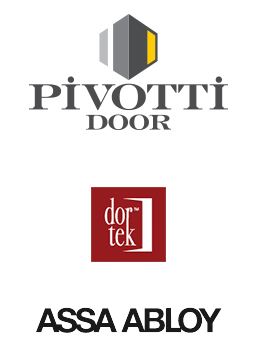A typical access control system contains a number of online (networked) and standalone (non-wired) doors. While the latter reduces the cost and hassle of cabling, it increases workload, as the operator has to go to each door to manually update access rights or to upload door history.
CardLink solves this problem, as it simplifies the process of updating access rights on non-wired devices, thus keeping operational costs low. Instead of updating access rights manually at each door, the operator instructs the users’ access cards to carry those instructions to the doors. Users collect these instructions onupdate terminals situated in strategic locations, e.g. at the staff entrance, in lift lobbies or in the canteen.
To reduce the security risk if a badge is lost or stolen, access rights can be given for short periods of time, e.g. two hours for visitors and eight hours for employees. In addition, these access rights are ‘validated’ automatically at the update terminals each time the badge holder enters the premises and ‘de-validated’ upon exit.
Features
- Access control system manages online (wired) as well as standalone locking devices.
- Personnel data and authorisations are entered only once into the system, not separately into each locking device.
- Authorisations are documented permanently, so you can access them at any time in the future.
- Convenient operation, as individual access rights are stored on the media directly.
- Doors do not need cabling, as instructions are carried on users’ badges.
- Access authorisation is time based. Doors unlock only if the presented badge has relevant authorisation at the time of attempted entry.
Applications
CardLink is usually recommended for following situations:
- Where there are a large number of online and standalone doors with relatively high security requirements.
- When a small system is likely to grow within its lifecycle, e.g. as the organisation grows or room functions change regularly.
- Where there are a high number of user groups, each with varying degrees of security clearance..
- Where there is a need for frequent temporary access, e.g. for visitors or sub-contractors.


